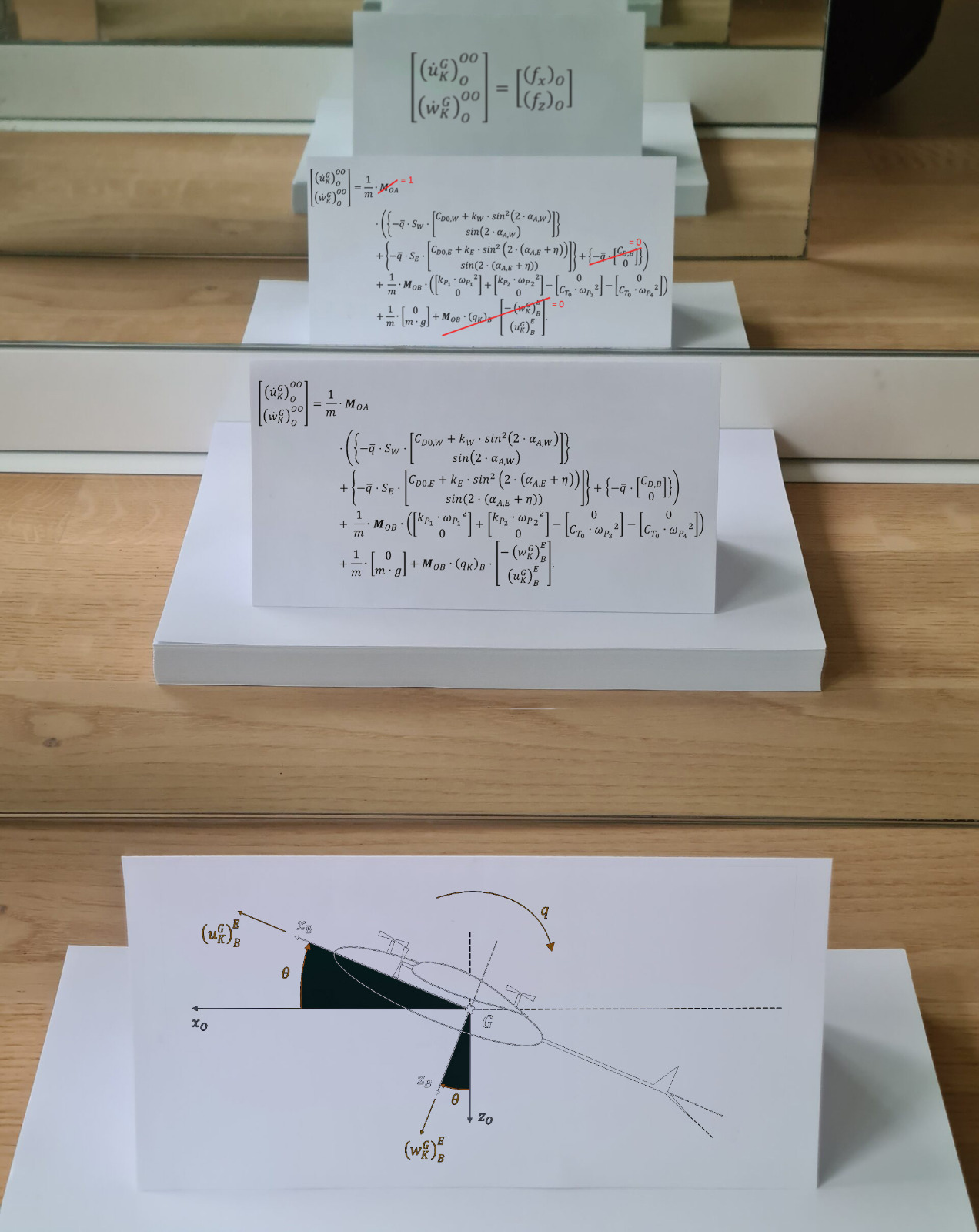
The Integration of a new silverback male into a group of female gorillas
Simplified Abstract
In this study, I observed the integration of a new silverback into a four-member female group of the western lowland Gorilla (Gorilla gorilla gorilla) in the Nuremberg Zoo. I paid attention particularly to the changing daily rhythms and behavior, as well as the aggression of single individuals and the overall aggression of the group. On 37 days, for 8 hours each, I noted every three minutes, where in the enclosure the five gorillas (i.e., Lena, Bianka, Habibu, Louna and Thomas) were and what behavior they showed. I categorized behavior into several different groups such as staying by oneself, locomotion, playing, sexual behavior, aggressive behavior, social behavior, problematic/stereotypic behavior, and feeding. The daily rhythm and the percentage of categorized behaviors shifted after the arrival of the male gorilla. The group regained a stable rhythm in the later phases, but it differed from that at the beginning of the observation. The frequency of aggression and dominance increased in the group after the introduction of the male. The group structure changed such that Lena gave her leadership to Thomas and Louna chose this older female instead of Bianka as reference animal. Aggression among females dropped once the silverback joined the group and their cohesion increased. The goal was to document the response of the animals during the introduction, to broaden the experience with these highly social animals.
Name: Annika Neuhaus
Field of study: Biology




